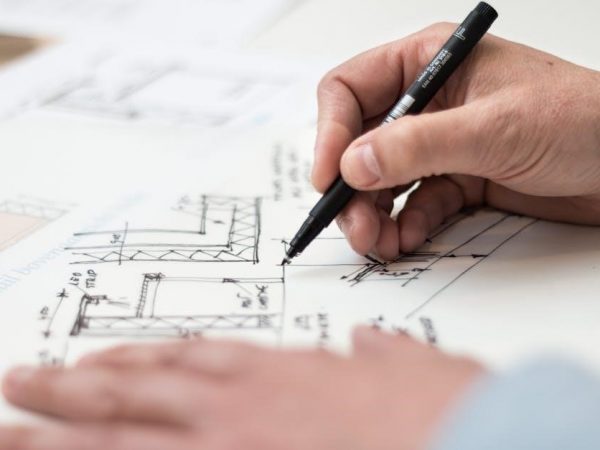Welcome to the Physio-Control LIFEPAK CR2 manual, your comprehensive guide to understanding and operating this advanced automated external defibrillator (AED). This manual provides essential information for safe and effective use.

1.1 Overview of the LIFEPAK CR2 AED
The Physio-Control LIFEPAK CR2 is a cutting-edge automated external defibrillator (AED) designed to deliver life-saving therapy in emergency situations. Built for reliability and ease of use, it is an essential tool for both trained responders and laypersons. The CR2 features advanced defibrillation technology, a user-friendly interface, and WiFi connectivity for remote monitoring, ensuring it is always ready for use. Its portability and durable design make it suitable for various environments, from public spaces to healthcare settings. The device is widely adopted due to its intuitive operation and ability to guide users through cardiac arrest emergencies with clear voice prompts. Regular maintenance and updates are simplified through its connected features, ensuring optimal performance. The LIFEPAK CR2 stands out as a critical component in cardiac arrest response, combining innovation with practicality to save lives effectively.
1.2 Importance of the Manual for Users
The Physio-Control LIFEPAK CR2 manual is an indispensable resource for users, providing detailed guidance on the safe and effective operation of the AED. It serves as a comprehensive reference for understanding the device’s features, troubleshooting common issues, and performing routine maintenance. Whether you’re a first-time user or a seasoned professional, the manual ensures you are well-prepared to handle cardiac emergencies confidently. It also outlines essential steps for updating software, replacing pads and batteries, and interpreting error codes. By following the manual’s instructions, users can maximize the device’s functionality and ensure it remains ready for use at all times. Regular review of the manual is recommended to stay updated on best practices and adhere to compliance standards. This guide is crucial for optimizing the LIFEPAK CR2’s performance and ensuring it functions reliably when every second counts.
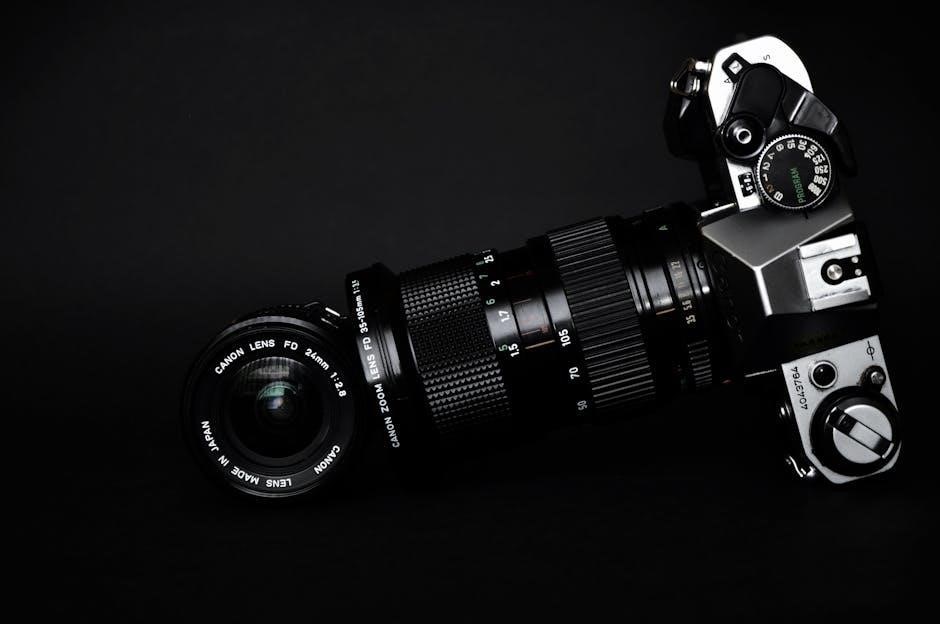
Key Features and Technology of the LIFEPAK CR2
The LIFEPAK CR2 features advanced defibrillation technology, a user-friendly interface, and WiFi connectivity for remote monitoring. Its portable design ensures easy transport, making it a reliable choice for emergencies.
2.1 Design and Portability
The LIFEPAK CR2 is designed with portability and ease of use in mind, featuring a lightweight and compact structure that allows for easy transport in emergency situations. Its ergonomic design ensures it can be quickly accessed and carried, making it ideal for both professional and public settings. The device is built with durability, withstands rigorous use, and is suitable for various environments. Its grab-and-go handle and intuitive layout make it user-friendly, even for individuals with limited training. The CR2’s portability enhances its accessibility, ensuring it can be swiftly moved to the location of an emergency. This design ensures the device is always ready to provide life-saving interventions, combining practicality with advanced technology.
2.2 Advanced Defibrillation Technology
The LIFEPAK CR2 incorporates cutting-edge biphasic defibrillation technology, delivering high efficacy with minimal energy consumption. This technology ensures deeper penetration into the heart muscle, enhancing the likelihood of successful defibrillation. The device automatically escalates energy levels if the initial shock does not restore a normal heartbeat, optimizing chances of revival. Additionally, the CR2 features the proprietary STAR-Trek paddles, enabling seamless transition between automatic and manual operation modes based on the responder’s expertise. Its Shock-Ready indicator provides immediate visual confirmation when the defibrillator is fully charged and prepared for use, eliminating delays during critical moments. Furthermore, the CR2 supports real-time CPR feedback, guiding rescuers to maintain optimal compression rates and depth, thereby increasing the probability of survival. These advanced features collectively make the LIFEPAK CR2 a highly reliable tool for emergency cardiac care, capable of integrating with broader emergency medical systems for improved patient outcomes.
2.3 User-Friendly Interface
The LIFEPAK CR2 is designed with an intuitive, user-friendly interface to ensure ease of operation during high-stress emergencies. Clear voice prompts guide users through each step, from applying pads to delivering shocks, making it accessible to both trained responders and laypersons. The large, backlit LCD screen displays critical information, such as shock energy levels and CPR feedback, enhancing visibility in various lighting conditions. Simple, one-touch buttons minimize confusion, allowing users to focus on the emergency. The interface also includes a training mode for practice, helping users familiarize themselves with the device without activating its defibrillation functions. This design ensures that the CR2 is ready to use with minimal setup, reducing response time and increasing the likelihood of successful intervention. Overall, the CR2’s interface prioritizes clarity and simplicity, making it a reliable choice for diverse user groups.
2.4 WiFi Connectivity and Remote Monitoring
The LIFEPAK CR2 features integrated WiFi connectivity, enabling seamless remote monitoring and ensuring the device is always ready for emergencies. This advanced capability allows users to connect the AED to a WiFi network, facilitating real-time status updates and notifications. Through Physio-Control’s LIFELINKcentral AED Program Manager, organizations can remotely monitor the battery level, pad expiration dates, and overall device status. This eliminates the need for manual checks and ensures compliance with maintenance schedules. The WiFi feature also supports automatic software updates, keeping the AED up-to-date with the latest technology. Additionally, remote monitoring enhances fleet management for organizations with multiple devices, providing a centralized overview of all AEDs. This connectivity not only streamlines maintenance but also offers peace of mind, knowing the device is fully prepared to respond to cardiac emergencies.
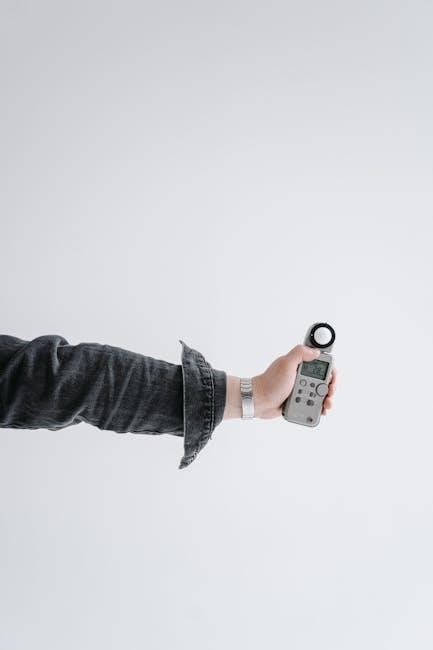
Maintenance and Care of the LIFEPAK CR2
Regular maintenance ensures the LIFEPAK CR2 remains operational and ready for emergencies. Daily checks, proper storage, and timely replacement of pads and batteries are essential for optimal performance and reliability.
3.1 Daily Checks and Inspection
Daily checks are crucial to ensure the LIFEPAK CR2 is always ready for use. Begin by visually inspecting the device for any signs of damage or wear. Check the battery and pad expiration dates, ensuring they are within their usable lifespan. Verify that the pads are securely connected and not expired. Turn on the AED to confirm it powers up correctly and performs a self-test. Look for any error codes or alerts, which should be addressed immediately. Also, ensure the device is placed in a central, accessible location and that all users are aware of its presence. Regular cleaning with a damp cloth (avoiding harsh chemicals) helps maintain functionality. By performing these simple checks, you can ensure the LIFEPAK CR2 remains reliable and prepared for emergencies.
3.2 Replacing Pads and Batteries
Replacing the pads and batteries of the LIFEPAK CR2 is a straightforward process that ensures the device remains operational. Always use Physio-Control-approved accessories to maintain reliability. Start by turning off the AED to avoid any unintended activation. Remove the old pads by pulling the connector straight out, then dispose of them properly. Next, insert the new pads, ensuring they click securely into place. For the battery, open the compartment, remove the expired one, and install the new battery pack. Close the compartment and turn the device back on to ensure it performs a self-test successfully. Always check expiration dates during daily inspections and replace pads and batteries as needed. Proper disposal of used items is essential to avoid environmental harm. Regular replacement guarantees the AED is ready for emergencies, providing peace of mind and reliable performance.
3.3 Software Updates and Firmware
Keeping the LIFEPAK CR2 up to date with the latest software and firmware is crucial for optimal performance. Physio-Control regularly releases updates to enhance functionality, improve user interface, and ensure compliance with safety standards. To update the device, connect it to a Wi-Fi network and follow the on-screen prompts. Alternatively, updates can be performed manually using a USB connection and the LIFENET System software. Always use approved software tools to avoid compatibility issues. Regularly check for updates and install them promptly to ensure the AED operates with the latest features and security patches. Proper software management ensures the device remains reliable and ready for emergencies. For large organizations, Physio-Control offers fleet management solutions to monitor and update multiple AEDs simultaneously. Stay informed about new updates through the manufacturer’s website or notification services. Regular software maintenance is a critical part of owning a LIFEPAK CR2 AED.
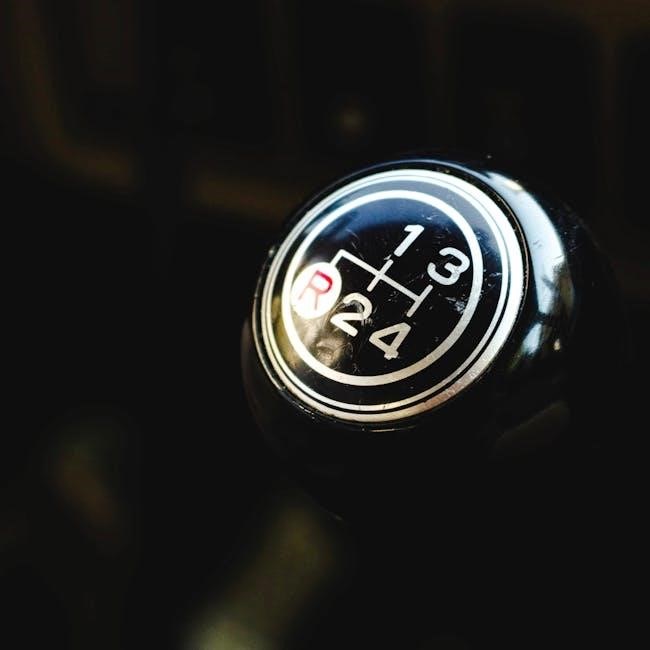
Troubleshooting Common Issues
This section addresses common issues with the LIFEPAK CR2, offering practical solutions to ensure optimal performance. Troubleshooting guides help users resolve problems efficiently and effectively, maintaining device readiness for emergencies.
4.1 Error Codes and Their Meanings
The LIFEPAK CR2 manual provides a detailed list of error codes that may appear on the device. These codes are designed to help users quickly identify and address issues. For instance, error codes related to battery life or pad connectivity are common and often indicate the need for maintenance or replacement. Each code is accompanied by a specific explanation and recommended solution, ensuring users can resolve problems efficiently. Understanding these codes is crucial for maintaining device functionality and ensuring readiness in emergency situations. By referencing the manual, users can accurately interpret error messages and take appropriate corrective actions, such as updating software, replacing components, or performing system checks. This section is essential for troubleshooting and prolonging the lifespan of the LIFEPAK CR2 AED.
4.2 Resolving Connectivity Problems
Connectivity issues with the LIFEPAK CR2 can often be resolved by checking the Wi-Fi network settings. Ensure the device is connected to the correct network and that network credentials are accurate. If the AED fails to connect, restart the device and retry. Additionally, verify that the router is functioning properly and within range. For persistent issues, refer to the manual or Physio-Control support for troubleshooting guides. Regular software updates may also resolve connectivity problems by improving compatibility. If the problem persists, contact Physio-Control customer service for assistance. Proper connectivity ensures remote monitoring and updates, crucial for maintaining device readiness. Always consult the manual for detailed troubleshooting steps to resolve connectivity problems effectively.
4.3 Addressing Hardware Malfunctions
Hardware malfunctions with the LIFEPAK CR2 should be addressed promptly to ensure the device remains operational. First, identify the issue by referring to the error codes displayed on the AED. Common hardware problems include faulty pads, battery issues, or malfunctioning electrodes. Inspect the pads and cables for damage or corrosion and replace them if necessary. If the device fails to power on, check the battery level and ensure it is fully charged. For persistent issues, restart the AED by turning it off and on again. If the problem persists, contact Physio-Control customer support for professional assistance. Regular maintenance, as outlined in the manual, can help prevent hardware malfunctions. Always ensure the device is functioning correctly to guarantee reliability in emergency situations. Proper handling and storage are also crucial to maintaining the integrity of the hardware components.

Compliance and Regulatory Standards
The LIFEPAK CR2 adheres to FDA guidelines and international certifications, ensuring safety and efficacy. It meets rigorous standards for defibrillator performance, making it a trusted choice for emergency response worldwide.
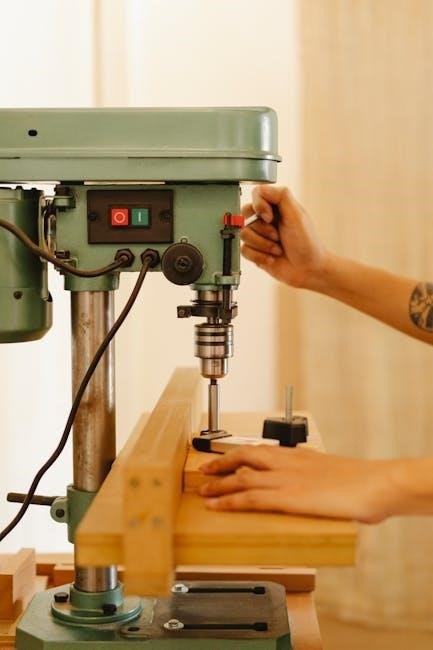
5.1 FDA Guidelines and Approvals
The Physio-Control LIFEPAK CR2 is fully compliant with FDA guidelines, ensuring its safety and efficacy for emergency use. The device undergoes rigorous testing to meet strict regulatory standards, including those for design, software, and performance. FDA approval signifies that the LIFEPAK CR2 has demonstrated reliability in providing life-saving defibrillation and CPR guidance. This compliance is crucial for public trust and ensures the device is suitable for use in various settings, from healthcare facilities to public spaces. By adhering to FDA guidelines, the LIFEPAK CR2 maintains its position as a trusted tool for responding to cardiac emergencies effectively.
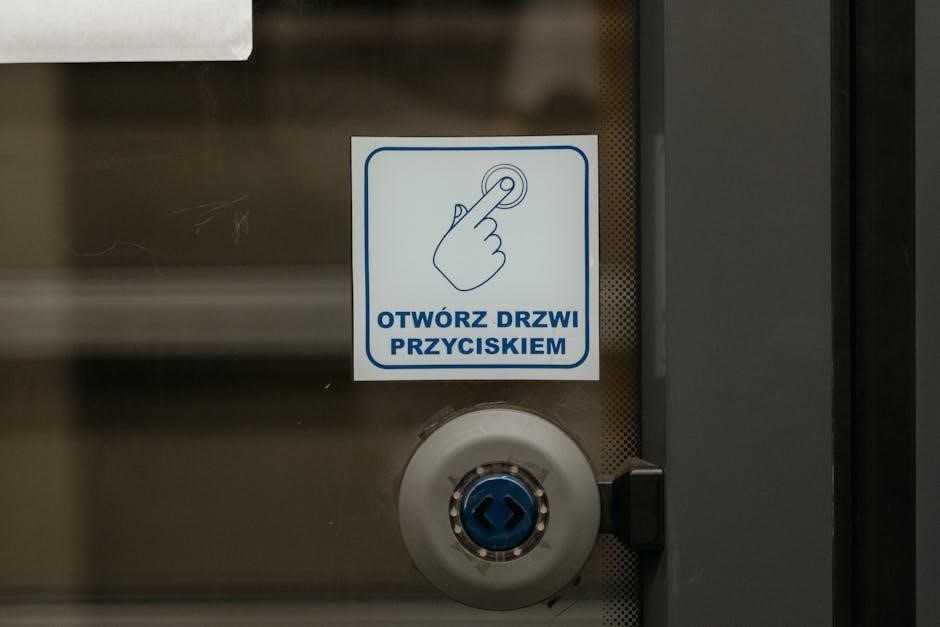
5.2 International Compliance and Certifications
Beyond FDA approval, the Physio-Control LIFEPAK CR2 meets international standards, ensuring its acceptance and use worldwide. The device holds certifications from prominent regulatory bodies such as the European Union’s CE mark and ISO standards; These certifications validate the CR2’s compliance with global safety, design, and performance requirements. Additionally, the CR2 adheres to guidelines set by organizations like the International Electrotechnical Commission (IEC). This broad compliance ensures the device can be deployed in diverse international settings, from hospitals to public areas, without compromising on safety or effectiveness. The CR2’s international certifications underscore its reliability as a life-saving tool, making it a preferred choice for global healthcare and emergency response systems.
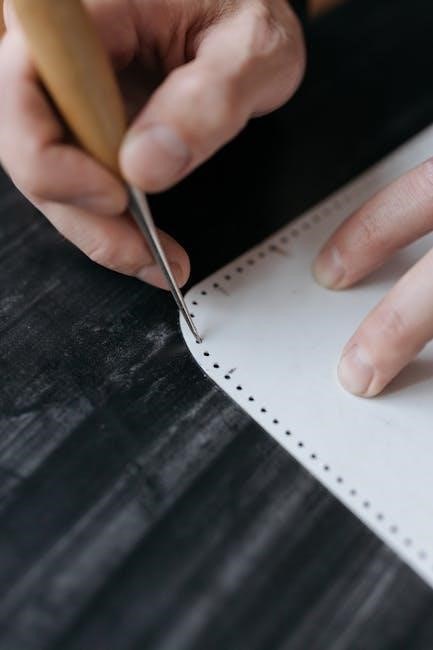
Training and Usage Guidelines
This section emphasizes the importance of proper training and usage of the LIFEPAK CR2, integrating CPR techniques with AED operation for effective cardiac emergency response and preparedness.
6;1 CPR Training Integration
The LIFEPAK CR2 manual emphasizes the seamless integration of CPR training with AED operation, ensuring users are well-prepared for cardiac emergencies. Training electrodes with reusable adhesives allow for realistic practice on manikins, simulating real-world scenarios. The device provides clear voice prompts and real-time feedback, guiding users through CPR and defibrillation steps. Regular practice is crucial to maintain proficiency, and the manual outlines step-by-step procedures for effective training sessions. By combining hands-on CPR practice with AED simulation, users gain confidence and competence in delivering life-saving interventions. This integrated approach ensures that responders can act swiftly and accurately during critical moments, maximizing the chances of successful resuscitation. The manual also highlights the importance of updating training materials and software to reflect the latest guidelines and device features.
6.2 Step-by-Step Usage Guide
Using the Physio-Control LIFEPAK CR2 AED is designed to be straightforward, ensuring quick action during emergencies. First, turn on the device by lifting the lid or pressing the power button. Next, prepare the patient by ensuring they are unresponsive and not breathing. Remove any medications or patches from the chest and expose it for pad placement. Attach the electrode pads to the bare chest as indicated by the diagrams in the manual—one on the upper right side and the other on the lower left side. The device will then analyze the heart rhythm; ensure no one touches the patient during this process. If a shock is advised, press the shock button to deliver it. If no shock is needed, the device will instruct you to start CPR, providing guidance on compression depth and rate. Continue CPR until emergency personnel arrive, following any additional voice prompts or visual cues provided by the device. Always stay with the patient and be ready to repeat the process if necessary. The LIFEPAK CR2’s clear instructions and intuitive design help responders act confidently and effectively in critical situations.
6.3 Training Mode for Practice
The LIFEPAK CR2 features a dedicated training mode designed to simulate real-life scenarios, allowing users to practice and refine their skills without affecting the device’s operational readiness. To activate training mode, press and hold the specified button as outlined in the manual. The device will then guide users through simulated cardiac arrest scenarios, providing realistic voice prompts and chest compression feedback. Training electrodes, which do not deliver actual shocks, can be used to practice pad placement and response techniques. This mode is ideal for CPR training sessions, enabling users to familiarize themselves with the device’s operation in a risk-free environment. Regular practice using training mode ensures users are confident and prepared to act effectively in an emergency. This feature underscores the importance of ongoing training to maximize the device’s life-saving potential.

Comparison with Other AEDs
The LIFEPAK CR2 stands out for its advanced features, user-friendly interface, and cost-effectiveness, making it a top choice among AEDs. Its WiFi connectivity and real-time monitoring set it apart, ensuring optimal readiness and compliance with safety standards, while its portability and ease of use enhance its market popularity compared to competitors.
7.1 Market Positioning and Popularity
The Physio-Control LIFEPAK CR2 is widely recognized as one of the most popular and reliable AEDs on the market. Its adoption by institutions like Cañada College highlights its trustworthiness and effectiveness. The device is praised for its user-friendly design, making it accessible to both professionals and laypersons. Its advanced features, such as WiFi connectivity and remote monitoring, enhance its appeal in both public and professional settings. The CR2’s portability and ease of use contribute to its widespread acceptance, while its cost-effectiveness ensures it remains a practical choice for organizations. Customer satisfaction and positive reviews further solidify its position as a market leader. The LIFEPAK CR2’s popularity stems from its balance of innovation, reliability, and affordability, making it a preferred choice for cardiac emergency preparedness across various industries and communities;
7.2 Cost-Benefit Analysis
The Physio-Control LIFEPAK CR2 offers a favorable cost-benefit ratio, making it a practical choice for organizations and individuals. While the initial purchase price is moderate, the device’s durability and longevity ensure long-term savings. Maintenance costs are manageable, with replaceable pads and batteries contributing to overall affordability. Its ease of use reduces training expenses, as minimal instruction is required for effective operation. The CR2’s advanced features, such as WiFi connectivity, enhance its value by enabling remote monitoring and updates. This reduces the need for frequent manual checks, further lowering operational costs. Compared to other AEDs on the market, the CR2 balances affordability with high-quality performance, making it a cost-effective solution for cardiac emergency preparedness. Its reputation for reliability ensures that users receive a durable product, providing peace of mind and financial efficiency over time.
7.3 Unique Features Compared to Competitors
The Physio-Control LIFEPAK CR2 stands out among competitors due to its advanced features and innovative design. One of its most notable unique features is the WiFi connectivity, enabling seamless remote monitoring and updates through the LIFELINKcentral system. This ensures the device is always ready for use without manual checks. Additionally, the CR2 offers real-time CPR guidance, providing audible feedback to enhance the effectiveness of compressions. Its lightweight and portable design makes it easier to transport, especially in emergency situations. The device also features a training mode, allowing users to practice without deploying actual defibrillation energy. Unlike many competitors, the CR2 supports both adult and pediatric use with the same pads, reducing the need for additional equipment. These features collectively make the LIFEPAK CR2 a versatile and user-friendly option, setting it apart in the AED market.
The Physio-Control LIFEPAK CR2 manual emphasizes the device’s reliability and advanced technology, ensuring user readiness for emergencies. Proper maintenance and training are crucial for optimal performance and saving lives effectively.
8.1 Importance of Proper Use and Maintenance
Proper use and maintenance of the Physio-Control LIFEPAK CR2 are critical to ensuring its effectiveness in emergency situations. Regular checks, such as inspecting pads and batteries, guarantee the device is always ready. Neglecting maintenance can lead to equipment failure, which may result in delayed or ineffective treatment. Users must adhere to the manual’s guidelines for daily inspections, replacing expired components, and updating software to maintain compliance and functionality. Proper training and adherence to protocols ensure the device operates correctly, minimizing risks and maximizing its lifesaving potential. Consistent upkeep not only extends the device’s lifespan but also ensures it performs reliably when needed most. By prioritizing proper use and maintenance, users can trust the LIFEPAK CR2 to deliver accurate and timely care during cardiac emergencies.
8.2 Future of AED Technology and Innovations
The future of AED technology promises advancements that enhance usability, connectivity, and effectiveness. Innovations like real-time data sharing via WiFi, as seen in the LIFEPAK CR2, will become standard, enabling remote monitoring and faster emergency responses. Integration with systems like LIFENET will improve data analysis and coordination between responders. AI-driven algorithms may soon optimize defibrillation patterns based on patient-specific data. User-friendly designs will continue to evolve, ensuring even non-experts can operate AEDs confidently. Portable, lightweight materials and extended battery life will further improve accessibility. These advancements aim to increase survival rates by reducing response times and improving intervention accuracy. As technology progresses, AEDs like the LIFEPAK CR2 will remain at the forefront, embodying innovation that saves lives.


